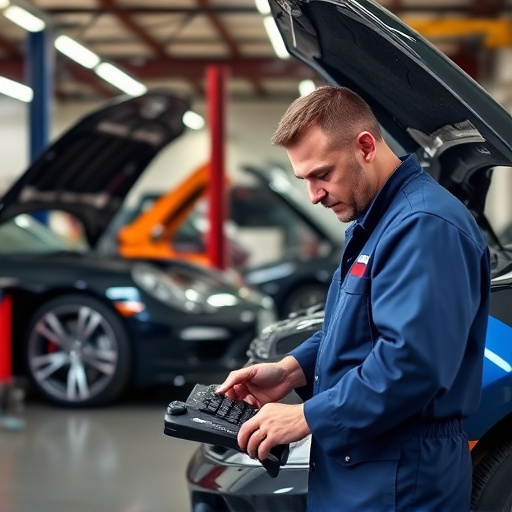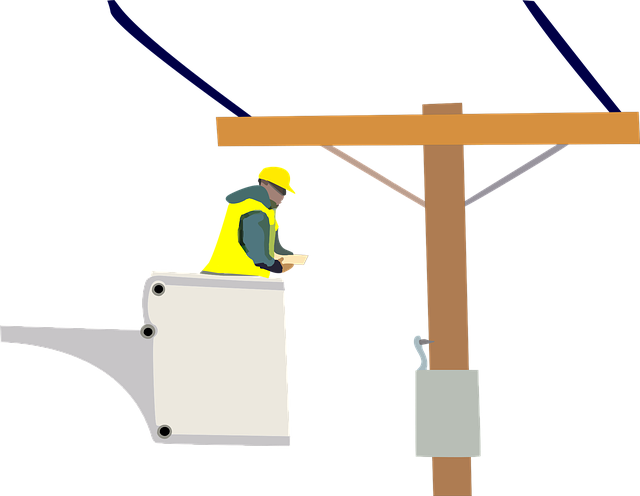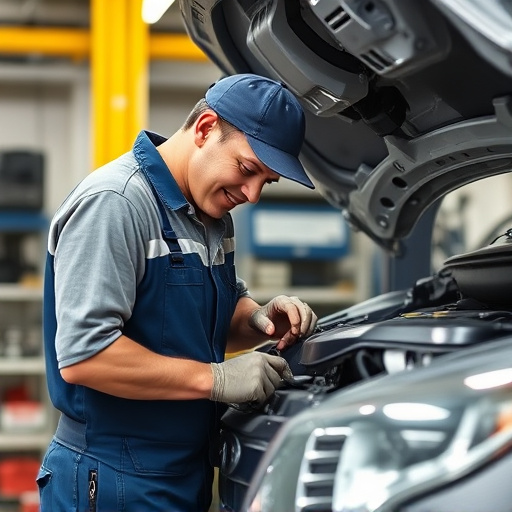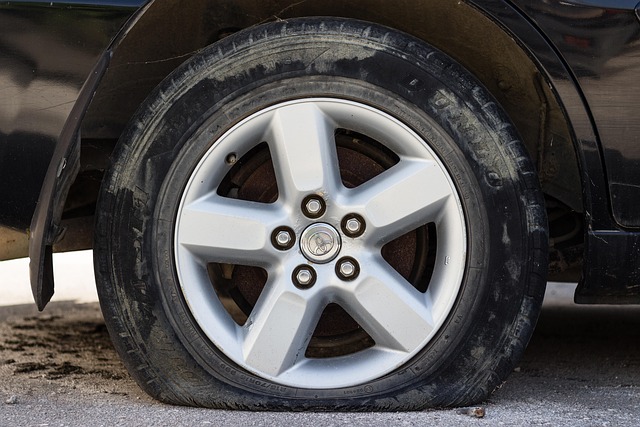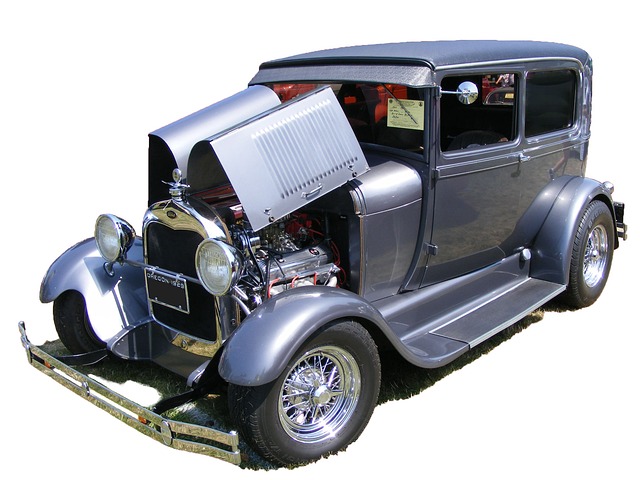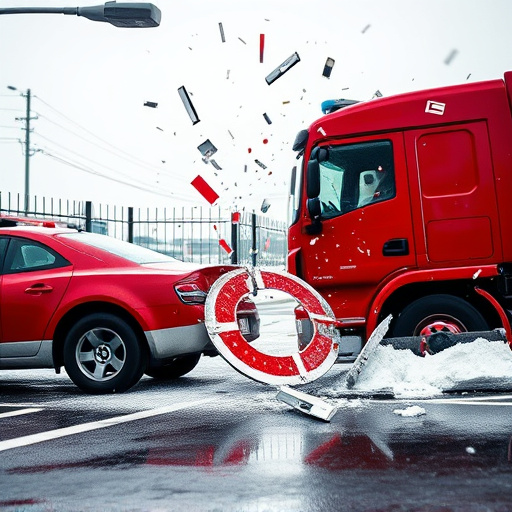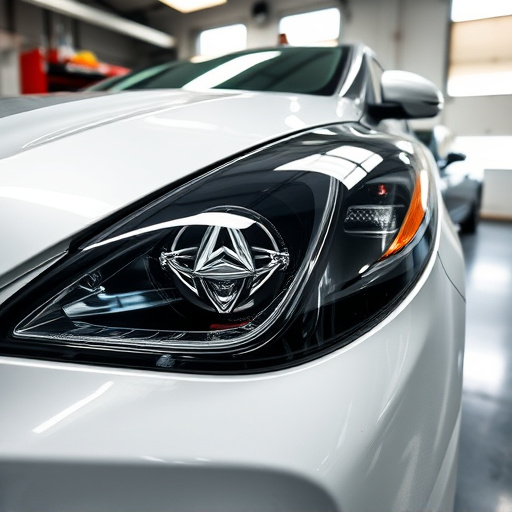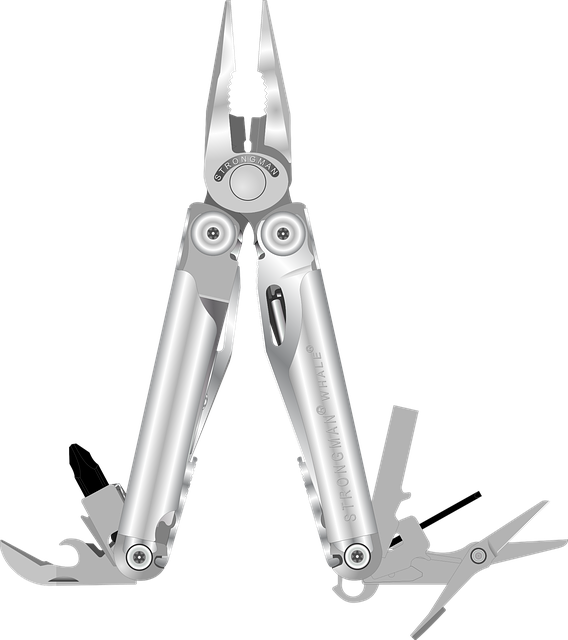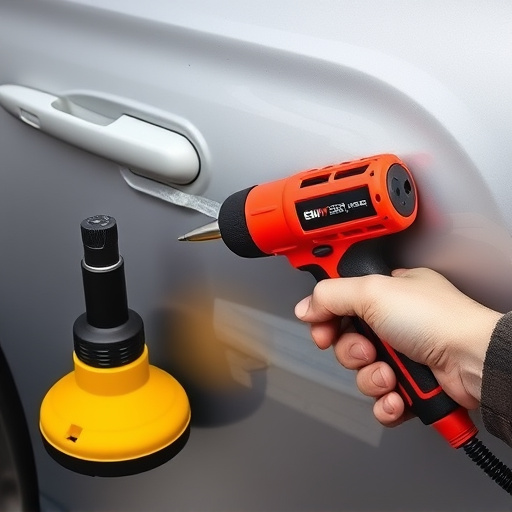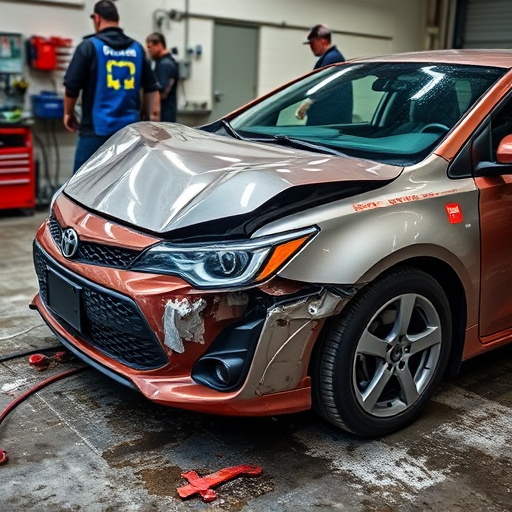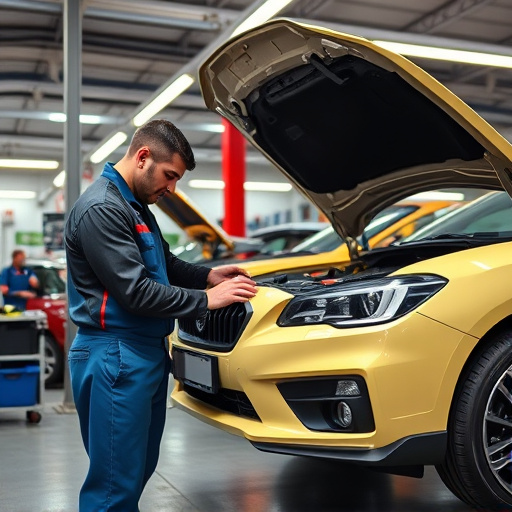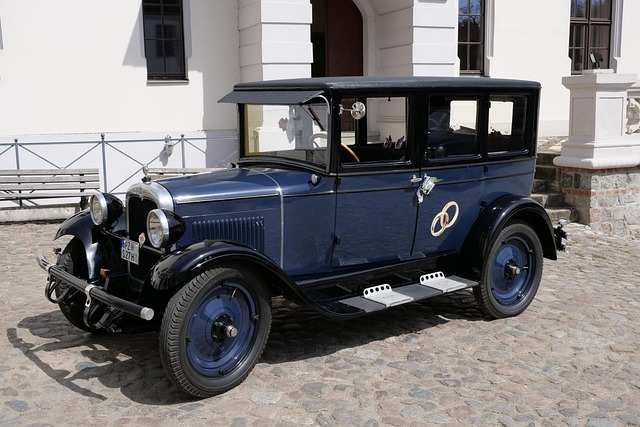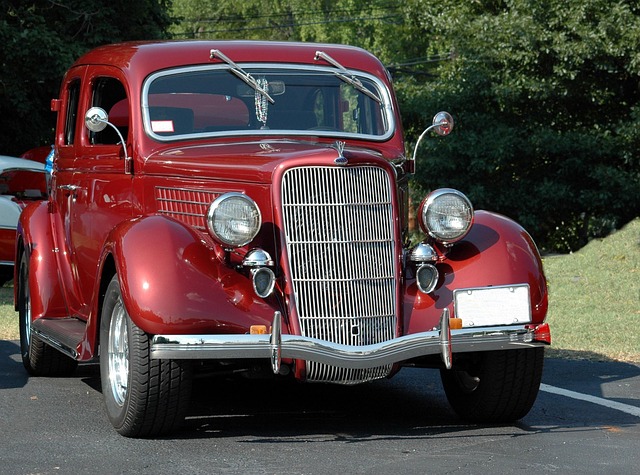OEM glass replacement is a safety-focused process initiated by professionals assessing vehicle damage and specifying needs. Authentic OEM components sourced from trusted suppliers are used by skilled technicians employing quality control measures to ensure precise fits maintaining structural integrity for fleet and repair services. These manufacturers simplify claims, ensuring accuracy through cross-referencing with vehicle details, preventing further damage and coverage disputes, and fostering customer satisfaction.
In the complex landscape of auto insurance and repairs, ensuring the authenticity and quality of Original Equipment Manufacturer (OEM) glass replacement parts is paramount. This article delves into the critical process of verifying OEM glass specifications for insurance claims. We explore the roles of manufacturers and insurance providers, highlighting best practices to maintain accuracy and transparency throughout the replacement process. Understanding these dynamics is essential for both stakeholders to facilitate seamless, reliable, and cost-effective OEM glass replacement.
- Understanding OEM Glass Replacement Process
- Role of Manufacturers in Specification Verification
- Ensuring Accuracy: The Insurance Provider's Perspective
Understanding OEM Glass Replacement Process
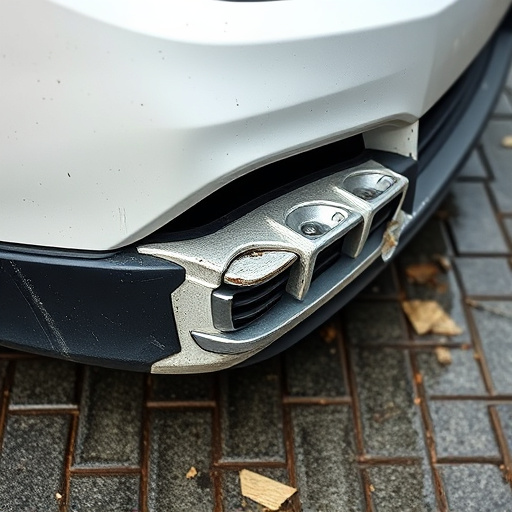
When it comes to insurance claims involving damaged OEM (Original Equipment Manufacturer) glass, understanding the replacement process is key. The OEM glass replacement process involves several steps to ensure the safety and quality of the repair. Initially, a thorough assessment of the damage is conducted by professionals who identify the specific requirements for replacement. This includes measuring the dimensions and type of glass needed, considering factors like weather conditions and environmental impact.
After the assessment, the next step involves sourcing authentic OEM glass components from trusted suppliers. These parts are designed to match the exact specifications of the vehicle manufacturer, ensuring seamless integration with the car’s existing structure. The repair process is then carried out by skilled technicians who utilize specialized equipment and adhere to strict quality control measures. This not only guarantees a precise fit but also maintains the structural integrity of the vehicle, crucial aspects in the world of fleet repair services and automotive repair services.
Role of Manufacturers in Specification Verification
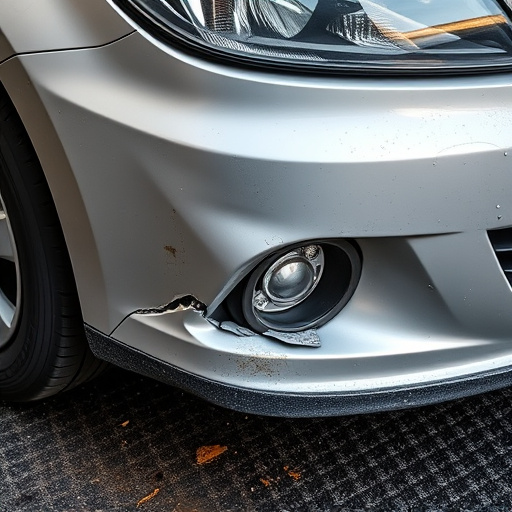
In the realm of OEM glass replacement, manufacturers play a pivotal role in ensuring accuracy and quality. When it comes to insurance claims for vehicle repairs, including automotive restoration or auto repair shop services, the specifications of the glass must be precise. Manufacturers are responsible for verifying that the glass meets the exact requirements set by the original equipment manufacturer (OEM). This verification process involves meticulous quality control measures, where each piece of glass is scrutinized against detailed technical drawings and specifications. By doing so, manufacturers guarantee that the replacement parts not only match the look and functionality of the original but also adhere to safety standards.
Moreover, manufacturers’ involvement in specification verification streamlines the claims process for auto repair shops. When a vehicle undergoes restoration or requires glass replacement after an accident, having confirmed specifications from the manufacturer reduces delays and potential complications. This ensures that insurance companies can process claims efficiently, providing a seamless experience for both customers and repair shop owners, ultimately fostering trust in the industry and enhancing customer satisfaction in vehicle repair services.
Ensuring Accuracy: The Insurance Provider's Perspective
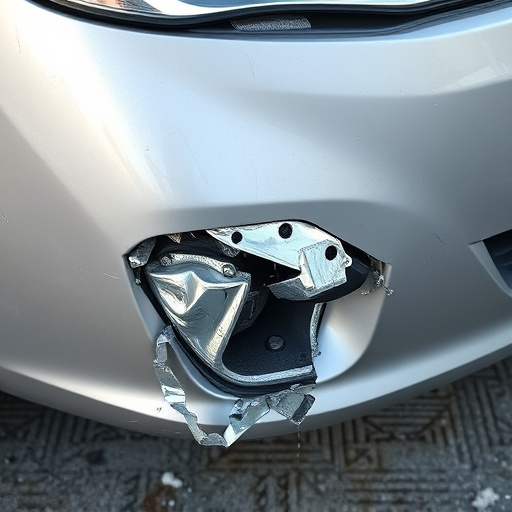
When it comes to insurance claims involving OEM glass replacement, ensuring accuracy is paramount for both insurers and claimants. From the perspective of an insurance provider, meticulous verification of specifications is a non-negotiable step in the claims process. This involves cross-referencing the original equipment manufacturer (OEM) glass with the damaged vehicle’s make, model, and year to guarantee that the replacement parts are a perfect fit. Inaccurate or incompatible parts can lead to further damage, costly repairs, and disputes over coverage.
The insurance company may employ specialized teams or outsource this task to trusted partners offering expert vehicle repair services. These professionals are adept at frame straightening and other intricate vehicle repair tasks, ensuring that the OEM glass replacement is not just visually appealing but also structurally sound. They verify every detail, from the size and shape of the glass to its optical quality, to uphold the highest standards in both vehicle repair and customer satisfaction.
In the process of OEM glass replacement, accurate specification verification is paramount for successful insurance claims. While manufacturers play a crucial role in ensuring part compatibility and quality, insurance providers bear the ultimate responsibility for validating claims’ authenticity. By fostering collaboration between these entities, the entire process can be streamlined, providing swift and reliable replacements for policyholders, which ultimately enhances customer satisfaction in the event of vehicle damage.
